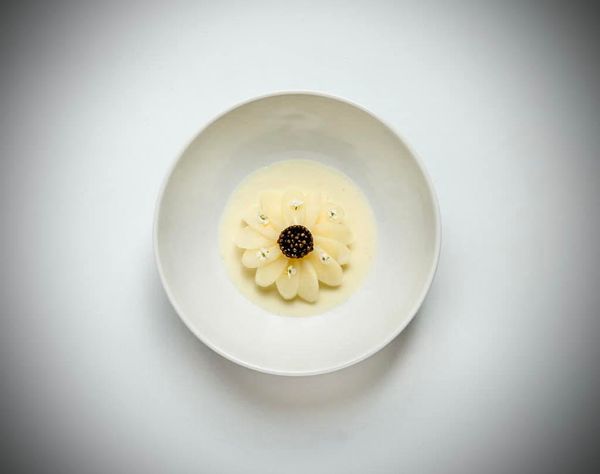Probably not many of us experience having your best friend opening their doors to you in the Columbia clothes you designed, then after some cheering, she tells you that she got two more pieces from the same collection. For Teréz Havancsák, however, these are the moments reassuring her that she chose the right path. Currently a freelancer, the designer has been working for world-famous sports brands, something, she told us, happened accidentally. But how did a girl from the small town Túrkeve in Hungary, become the designer of The North Face, among others?—we let Teréz answer that question.
The article originally appeared in issue five.

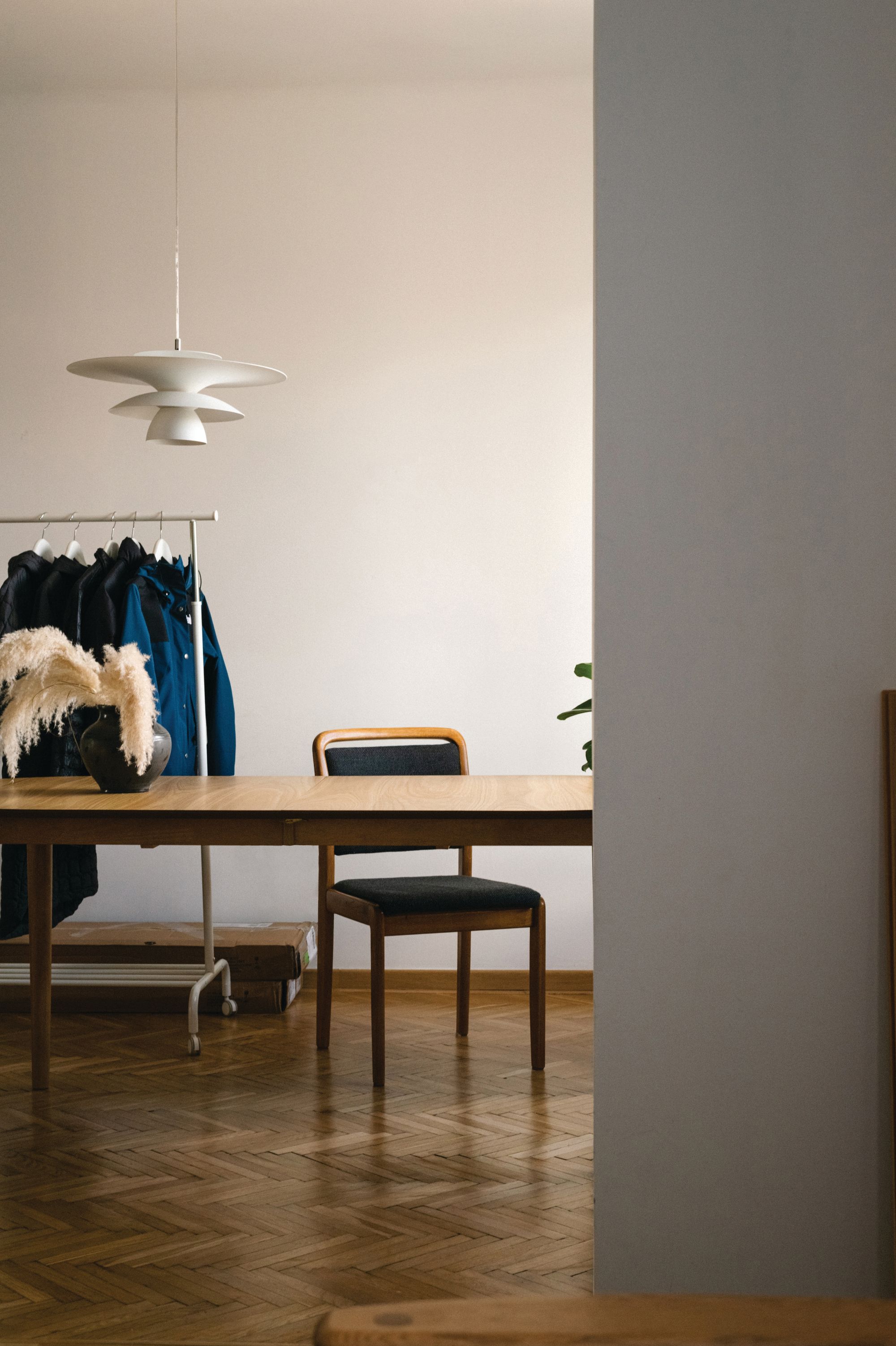
Do you remember the moment you decided you’d like to become a fashion designer?
I do, and it actually happened quite late for me. I clearly remember when all my classmates knew which university they’d like to apply to, while I had no clue. I felt pretty lost and a little bad for running behind. At that moment, I decided that I’m not going to apply to any school and went to spend a year babysitting in the US. During that time, everything cleared up, and I had many experiences that finally made me realise what my calling was.
When I arrived back home, I enrolled in Corvin Art School to help me with my application to MOME and I was drawing day and night. I still feel lucky to be accepted to university on the first try, and I was a hundred percent sure that this was my path. Creativity and art have been a part of my life from the get go, maybe I just didn’t pay enough attention… I spent the summers of my childhood in art camps founded by my uncle who was a sculptor, my grandmother taught me embroidery, my mother taught me how to sew and all my other family members were also working in the creative industry, so this was what I grew into.
From Túrkeve, the town where you were born, to Los Angeles, you came a long way. Which were the most important professional milestones for you?
To be honest, every step in my career was unique in a way, but I’d consider the first important milestone the moment when I decided to try myself abroad. The US seemed very far away as the bureaucratic process is so complicated with all the paperwork and visas, moving felt almost impossible to accomplish. While there, searching for a job for three months was also important, then I had the chance to work with the wife of Stevie Wonder who sponsored my visa. The next big step was when I got called in for an interview to a small design studio in Los Angeles.
I need to add that I love snowboarding and my school-leaving collection was inspired by snow. While I was preparing my collection, I was stuck at home due to a ligament damage I received in a snowboarding accident. It turned out that the job was actually designing the Burton Snowboard brand’s women’s technical jacket collection. I’ve never studied how to create technical collections, so it was a huge milestone for me, being chosen for this assignment. I’ve never dreamt of doing this, but I’ve grown to love it.
What kind of challenges learning this form of design posed to you?
I realised that I was very interested in designing clothing in which not only aesthetics, but function is important as well. I’m inspired by coming up with concepts that protect the wearer and make movement easy and free with the help of technology. This is not merely about wearing pretty clothes, but there’s also an essential plus due to functionality. I felt that this is the biggest challenge for me, but at the same time, also the aspect that made me consciously make the decision of staying in this profession.

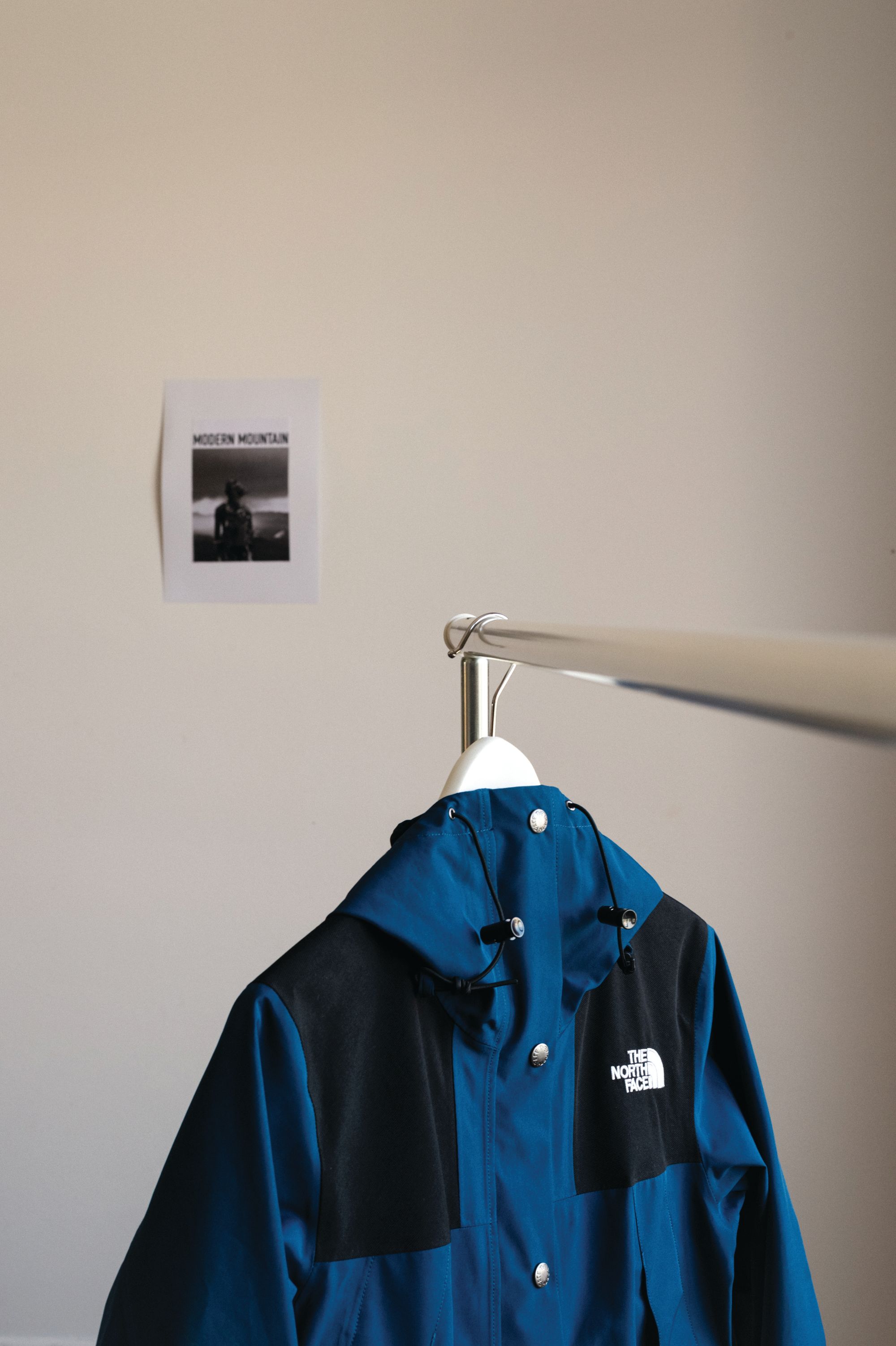
In several interviews, you mentioned that your studies at home provided the basis for your professional knowledge and you had jobs where it really came in handy. What were the experiences that you only got to learn working on the American market? Has it changed your attitude towards fashion?
I ended up choosing to live abroad as I felt that here, I’d have a better overview of the business side of fashion. I realised that in Hungary, the market is much smaller and the business approach is less emphasised which is good for creativity but provides less opportunities for advancement. At home, we approached the industry from a more professional side, however in the process, I came to the realisation that it’s actually 80% marketing. That’s what made me curious to find out what international brands are doing, I wanted to try myself in a different kind of environment as well. What living abroad taught me is that fashion and business are inseparable and that this profession is more than just designing pretty clothes.
During your career journey, you’ve worked with international brands such as The North Face, Burton Snowboard Athleta or Columbia. I’m curious how much freedom you get when designing collections for bigger brands?
I have to say, I can basically do whatever I want. For example, The North Face is a huge brand with many product categories from which I was responsible for Urban Exploration or the Lifestyle category. I’m good with fashion and in this category, we’re designing clothes that are technical, yet fashion forward as they are made for people living in cities. At the beginning of the design process, we receive a brief with the basic requirements such as the length of rain jackets, so nothing really playful. Besides these points, the management gave a free hand to the designers so that exciting things may come to life—within the obvious boundaries of technical clothing.
In a professional sense, what makes you feel successful?
When I was still studying, I thought that I’d be the happiest if I became the design director of a world-famous brand or if I had my own brand that’s known all around the world. Today, however, it’s already become clear that this is not the only indicator of being successful, it’s also very important to find the balance between family and work. Besides being a mother, it’s also crucial for me to find my place in a professional sense and I love being constantly in motion. So what makes me really happy is when I get to do what I love and it’s an added bonus when I read positive feedback about my designs.
Being Eastern European, do you feel you settled into your American life?
I feel at home in Los Angeles. I’ve never felt like an outsider even though I came without being confident in my English. Still, when I admitted that it'd be easier for me to communicate in Hungarian, everyone reassured me that speaking multiple languages is actually a very valuable asset.
What would you tell those who want to venture abroad to chase their professional dreams?
Be persistent. Many say that living here is the “American dream”, but in my experience, if you’re good at something and if you work hard, at some point, you’ll reap the fruits of your labour.
What kind of project are you working on right now?
Currently, I’m working on The North Face’s 2024 spring-summer lifestyle collection, that’s my focus now, but there are always other, bigger and smaller projects here and there.
Teréz Havancsák | Web | Instagram
Photos: Angie Pálmai
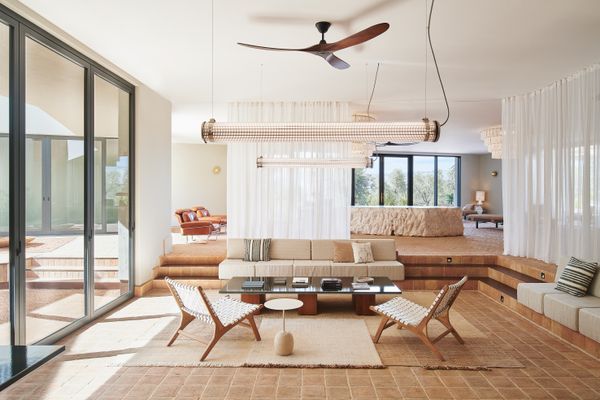
Croatia’s Hidden Gem: Hotel Maslina | Luxurious Tranquillity by the Adriatic Sea
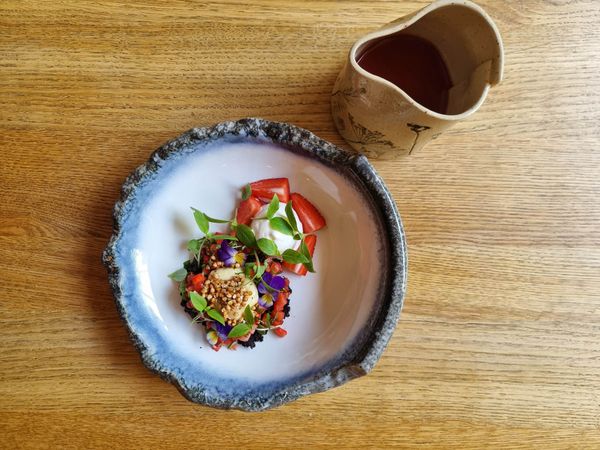
Y marks the spot—Teyföl
